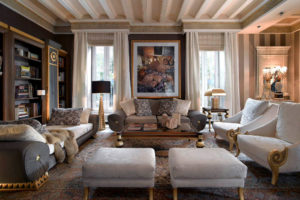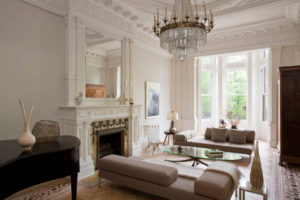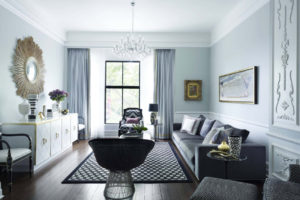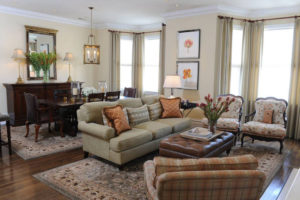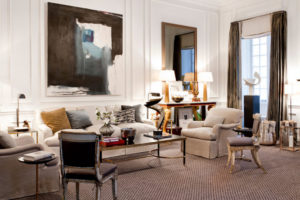
Timeless Classic in a New Interpretation: Neoclassicism
- Home/
- Timeless Classic in a New Interpretation: Neoclassicism
Timeless Classic in a New Interpretation: Neoclassicism
This style is particularly favored by those who wish to create a sort of “ancestral nest” out of their dwelling, complete with its own traditions and lifestyle. Neoclassicism has become especially popular in recent years, and it’s not surprising, as many people now strive to revive traditions and family values, and the neoclassical interior style […]
This style is particularly favored by those who wish to create a sort of “ancestral nest” out of their dwelling, complete with its own traditions and lifestyle. Neoclassicism has become especially popular in recent years, and it’s not surprising, as many people now strive to revive traditions and family values, and the neoclassical interior style copes wonderfully with this mission.
Main Features
Natural colors. If we take the classical principle that man is the measure of all things, then we choose a natural, human color palette for the neoclassical interior—beige, nude, ochre, sandy, brown, golden, as well as all shades of white. All these colors form the basis of the color palette, while more saturated shades will serve as its accents.
Strict layout. Any classical interior adheres to the demands of harmony, therefore planning requires maintaining symmetry and strict adherence to proportions. Of course, this is easier to do in a large spacious room with high ceilings and large windows. But even small rooms can be furnished while maintaining the principle of symmetry.
Special furniture. What is a classical style interior without grand carved furniture with curved legs and beautiful upholstery? And classical cabinets made of expensive wood with glass showcases and antique chests of drawers… But here’s a surprise—not necessarily.
Furniture in the classical style varies, particularly by its geography. For example, American neoclassicism implies more concise finishes without any frills. Here, strictness and respectability are valued.
On the other hand, the French variant of neoclassicism allows for some hints of romance and elegance in the interior—fancy ornaments, silver-plated hardware, luxurious candle holders, canopies in the bedroom, etc. This is a more dramatic approach, but it also adheres to the demands of harmony and symmetry.
Natural ornaments. For patterns and ornaments in neoclassicism, simple and unobtrusive natural motifs are chosen. No complexities, contrasts, extravagances, or visual illusions—everything is subordinate to classical rules. Even simple striped fabrics must be extremely harmonious and not attract attention.
Floral motifs in the finish, in the patterns of carpets and fabrics are allowed, but they also should not stand out, serving only as a complement to the overall image. No floral highlights or bright panels.
Striking decor. If classic interiors are characterized by rich curtains draped in rather whimsical ways, the neoclassical approach is more democratic—just having freely falling pleated curtains made of expensive material is sufficient.
The same applies to other decorative items. Yes, all those wall sconces, mirrors in beautiful frames, vases, and paintings are certainly present in the neoclassical variant, but here they are much simpler and serve a more practical rather than just a decorative function.


